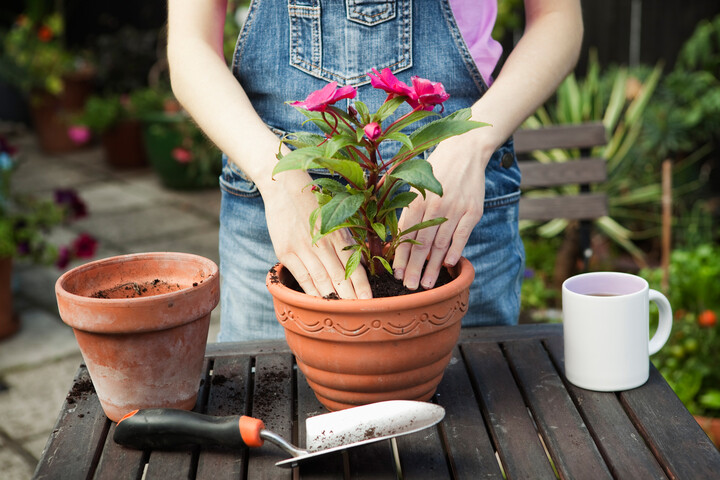Sadly, we have to say goodbye to these floral beauties—but, then again, maybe not.

Whether it happened millions of years ago or more recently, many once-native flowers are, unfortunately, no longer with us—and by that we mean that they don't physically exist on our planet anymore. Unsurprisingly, a flower slipping from the endangered into the extinct category doesn't make the news. But maybe it should, since millions of other species depend on plants for their survival—us included!
Ultimately, plant extinctions endanger important ecosystems—which is even more troubling when you factor in the rates of many floral species' declines. National Geographic sited a global survey recently published in Nature, Ecology and Evolution stating, "Since the 1750s, at least 571 species of plants have gone extinct in the wild." The article also bears the bad news that, "More than eight plant species have disappeared every three years, on average, since 1900. This pace of extinction is as much as 500 times plants' natural or background extinction rate."
Before a plant can be declared extinct, it needs to be declared missing in action—or, if we're using botanists' jargon, missing in the wild—for 25 years. Plant extinctions happen for many reasons, both natural and man-made: Urbanization, deforestation, and invasive species are the biggest culprits, as is climate change. But is it too late to halt the extinction crisis? No, not if everyone starts voicing their support for conservation of threatened species at both the local and global level. The good news? Conservationists currently combing the globe looking for these lost treasures are actually rediscovering many plants once thought to be extinct. According to an article in the journal Conservation Biology, scientists documented at least 351 rediscoveries between 1889 and 2011 (that's about three per year.) With that said, here are some flowers that we have sadly lost—at least for now.
Hawaii Chaff Flower (Achyranthes atollensis)
This perennial shrub's natural habitat was once Hawaii's sandy shores, but after the sunny locale turned into a major travel destination, this bush lost the battle to hotels, houses, and condos. Within a matter of years, the Hawaii Chaff, had tiny greenish flowers and unique seed spikes, became extinct; it was last seen in 1964.
Jeff Davis Parish Indian Paintbrush (Castilleja ludoviciana)
First discovered in 1915 by Francis Pennell, the Jeff Davis Parish Indian paintbrush has not been seen since. There is one plant—the Scarlet paintbrush (Castilleja coccinea)—which some botanists believe to be its direct relative. In general, paintbrush flowers are notably characterized by showy red to yellow spiky petals.
New Mexico Sunflower (Helianthus praetermissus E.E. Watson)
Also appropriately called "lost sunflower," this yellow flowering annual was collected by botanist E. E. Watson in 1851—like the Jeff Davis Parish Indian paintbrush, it was never seen again. Sunflower habitats, in general, have been harmed by invasive species and development projects, but populations of the closely related paradox sunflower (Helianthus paradoxus) were discovered in New Mexico. This has botanists hopeful that the "lost sunflower" might one day be rediscovered.
Merced Monardella (Monardella leucocephala)
Like other plants in the mint family, Merced monardella has strongly scented leaves and is popular with pollinators. Last seen around 1941 in California's grasslands near Delhi, Merced County, this white flower is suspected to have been lost to industrial agriculture. However, according to an article in Pacific Standard Magazine, executive director of the California Native Plant Society Dan Gluesenkamp believes we may see it again soon; after all, the plant has long-lived seeds. But despite Gluesenkamp's continued search, he has (unfortunately) yet to find it.
Thismia americana (no common name)
In August 1912, a University of Chicago graduate student named Norma Pfeiffer discovered this mystery plant, according to RealClear Science. She was exploring a damp prairie near Chicago's Lake Calumet when she found this diminutive white flower decorated with delicate blue-green streaks. Her finding was unlike anything in the area. The article states, "But two years later, T. americana vanished, a disappearance that coincided with the building of a barn in the vicinity. It has not been spotted since." Unfortunately, this plant's original habitat and many of the prairies and wetlands in the area have been taken over by residential and commercial development.